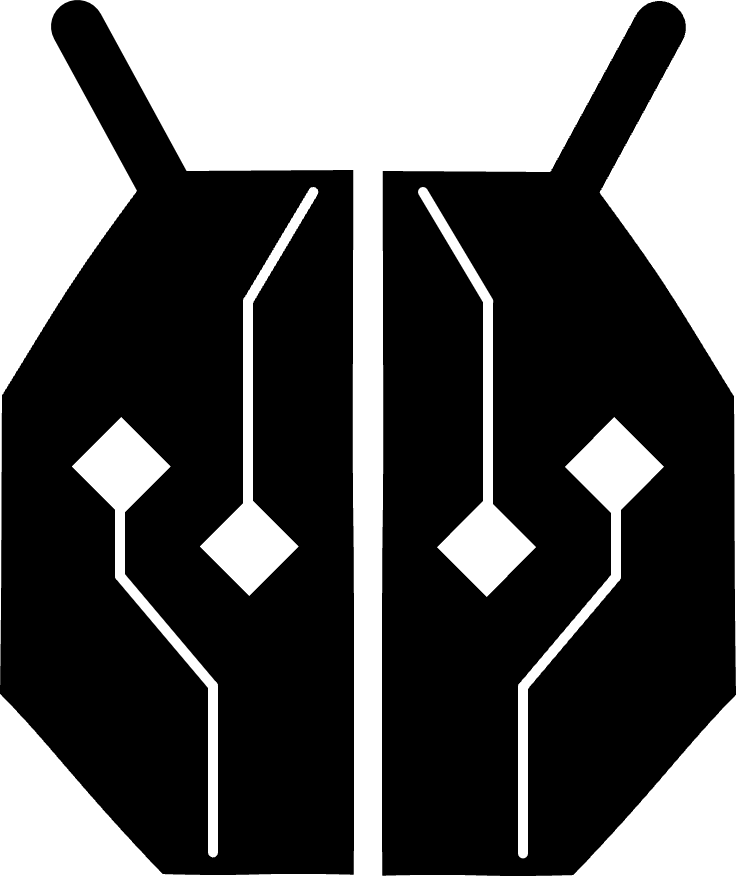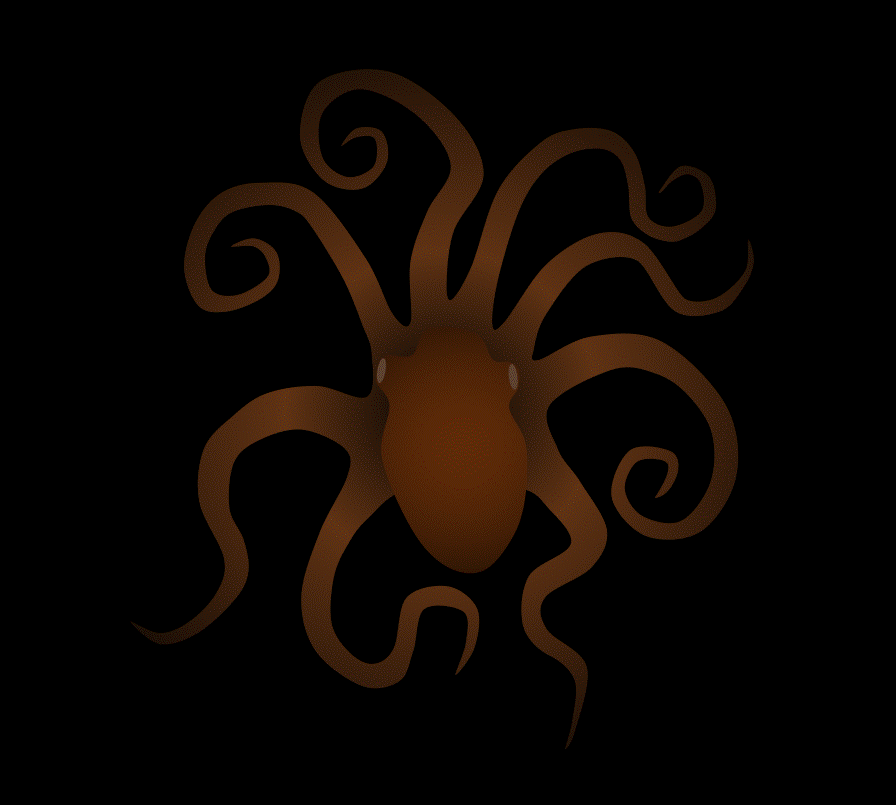
WELCOME TO
Bio-Inspired AI
We are building a realistic machine consciousness inspired by natural evolutionary and neural principles.
We take a bottom-up approach to AI by starting with some of the simplest bio-inspired core circuitry and expanding it. We ask: what is some of the smallest and simplest circuitry that can produce complex and adaptive behavior? What are the most basic circuits and learning rules for foundations of episodic memory and problem-solving? Comparative studies giving insight to how nervous systems evolved are key to understanding these questions. Our bottom-up approach effectively addresses the problems with scalability and generalizability encountered in contemporary AI. Our advances have broad application across AI, including reasoning, creative problem solving, and robotics – and due to the use of biologically-inspired algorithms, they will also have great potential for fundamental hypothesis testing and experimental design in behavior and neurophysiology.
ASIMOV-FAM
Ekaterina D. Gribkova & Rhanor Gillette
We developed ASIMOV (short for "Algorithm of Selectivity by Incentive, Motivation and Optimized Valuation") as a biologically inspired AI.ASIMOV is an agent-based simulation built on the neuronal circuitry for cost-benefit decision of an invertebrate model system (see Cyberslug below) through simple stepwise additions for complex function with computationally simple algorithms.
Our recent expansion of ASIMOV added the unique Feature Association Matrix (FAM), a set of computationally light, graph learning algorithms which functionally resemble the auto- and hetero-associative circuits of the hippocampus implicated in episodic memory. In particular, with the FAM, we show how episodic memory can emerge from some of the simplest associative learning rules of classical conditioning. The FAM memorizes sequences of inputs by chaining together pairwise associations, using associative Strength, Order, and Expected Reward values (video below). By encoding additional contexts, such as distance and direction information, the FAM builds cognitive graphs and does simple spatial reasoning, enabling the agent to make shortcuts and learn obstacles as it explores its environment and forages. Our specific objectives use biologically inspired mechanisms to elaborate basic abilities in the current AI agent, ASIMOV-FAM, for: 1) Enhanced episodic memory in spatial exploration, 2) Easy modification and modular organization, and 3) Generalized problem-solving in abstract environments.
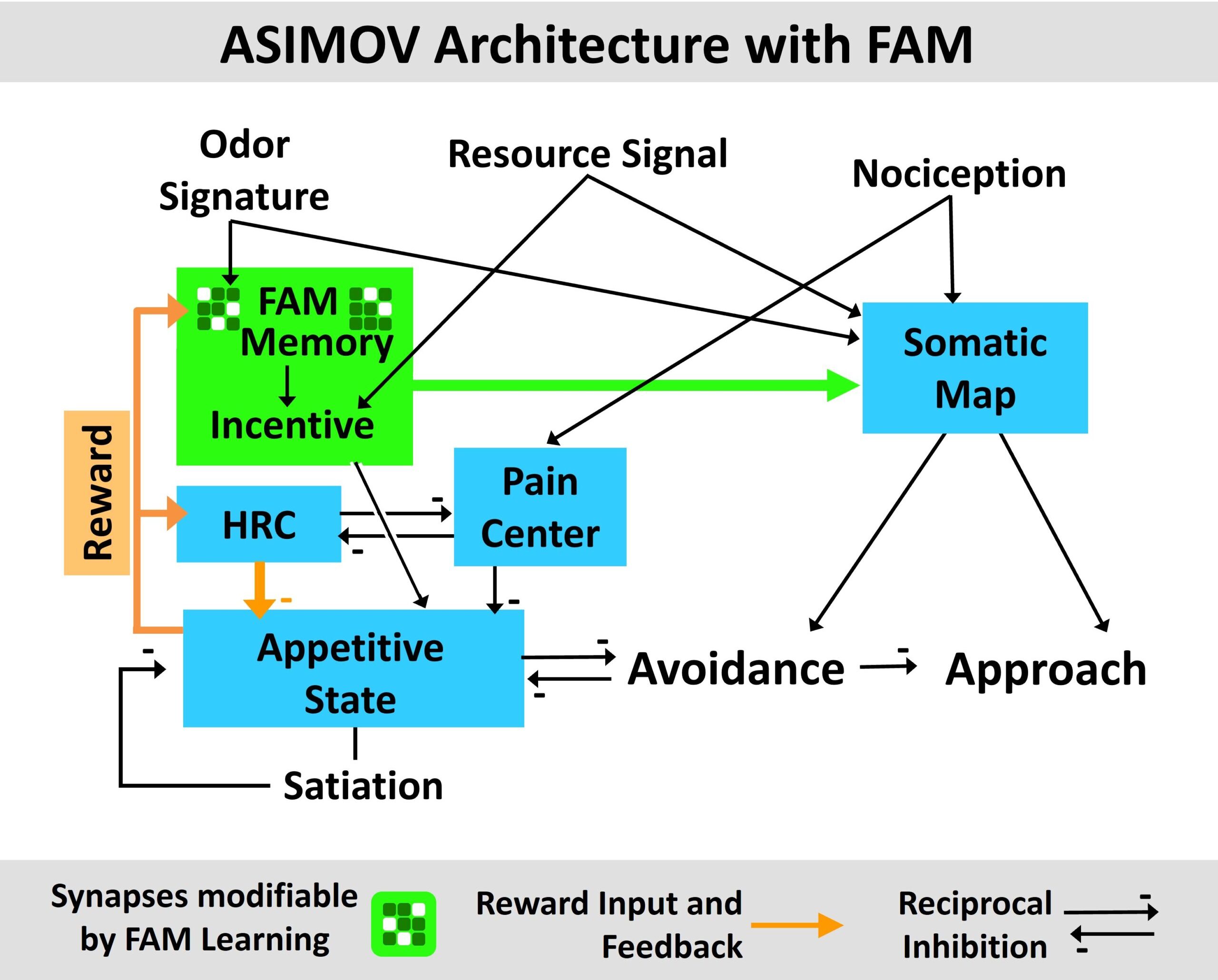
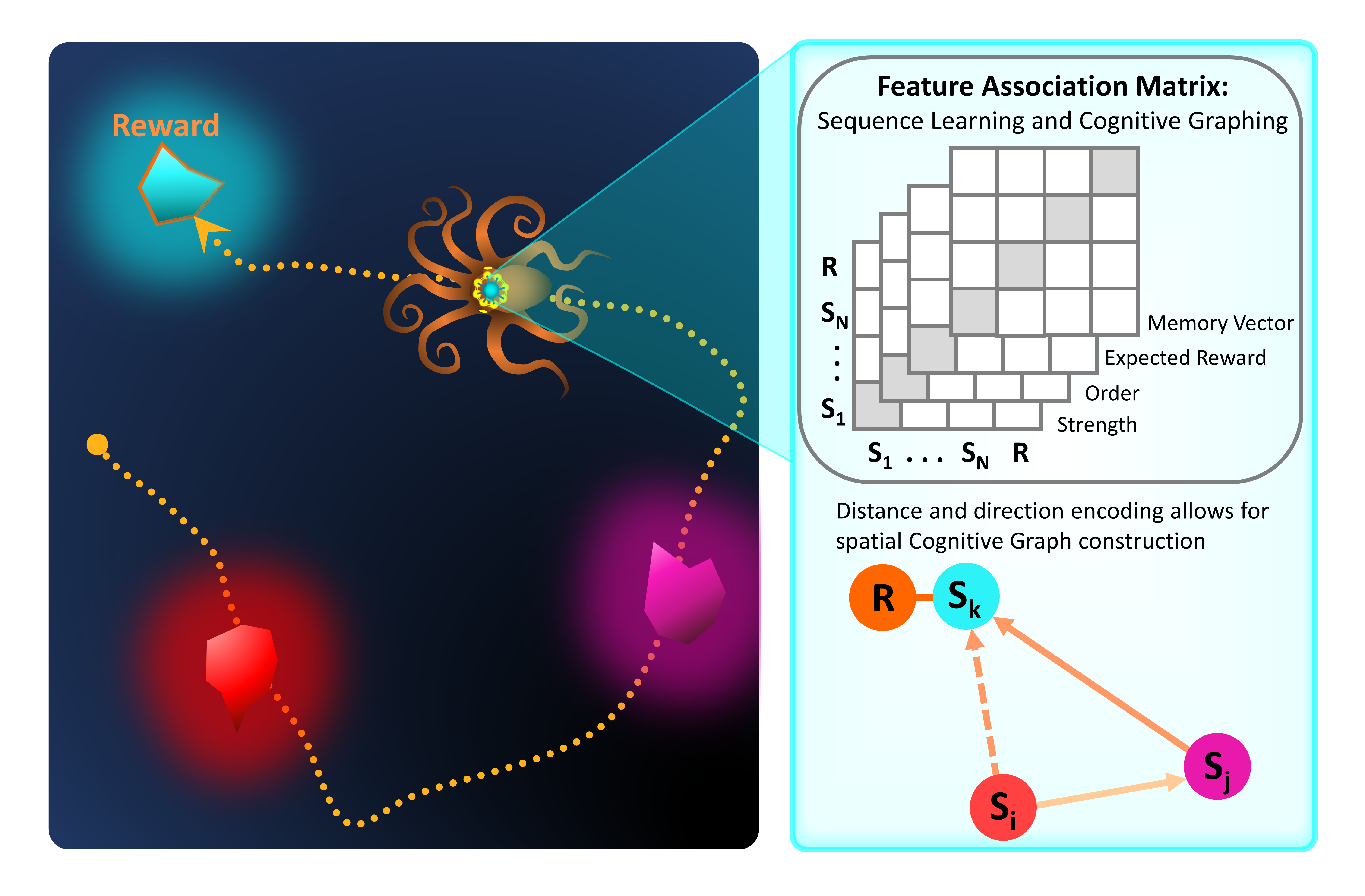
Cyberslug
Contemporary artificial intelligence lacks the attributes of natural intelligence, in particular the abilities to relate information affectively. Accordingly, it is notable that the most complex animal behaviors serve primitive homeostatic goals, and emerge from the primitive mechanisms generating motivation and reward learning. Here we show in simulation the function of a basic neuronal circuit for cost-benefit decision, derived from studies of a predatory generalist, the sea-slug Pleurobranchaea californica, and based on affective integration of information. Its simplicity may reflect distant ancestral qualities on which complexities in economic, cognitive, and social behaviors were built. The simulation validates experimental data and provides a basic module for expansion of behavioral complexity.
We are presently working to add enhanced cognitive abilities and social behavior to the Cyberslug in simple piecemeal fashion following an evolutionarily plausible course. We are guided by comparative reference to invertebrate and vertebrate species that vary incrementally in their cognitive and social expressions with complexity of lifestyle. Of necessity in evolution, most valuation and decision processes in the economies of complex social animals would have been elaborated onto pre-existing, simpler decision modules for homeostasis, like those of Pleurobranchaea and other simple invertebrate foragers.
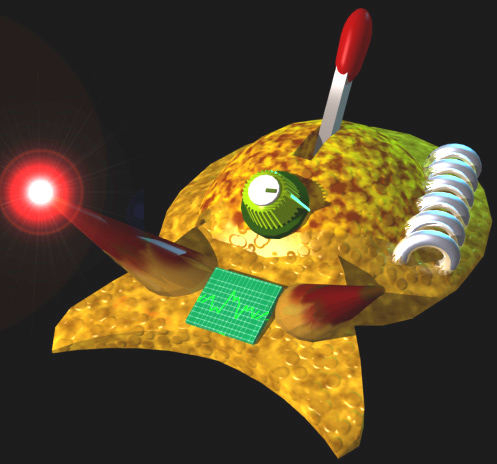
Artwork by Mikhail Voloshin
UPCOMING WORK
Further developments of ASIMOV-FAM: https://publish.illinois.edu/slug-city/asimov/
